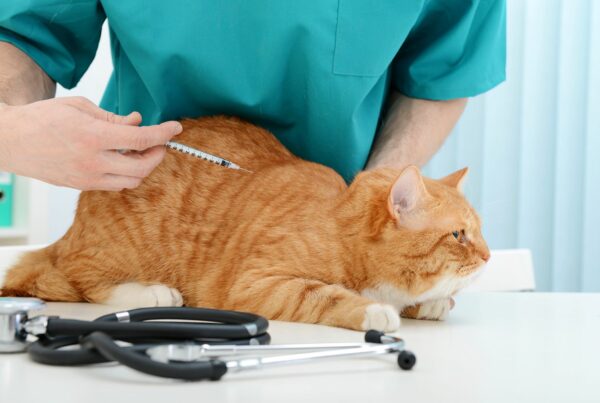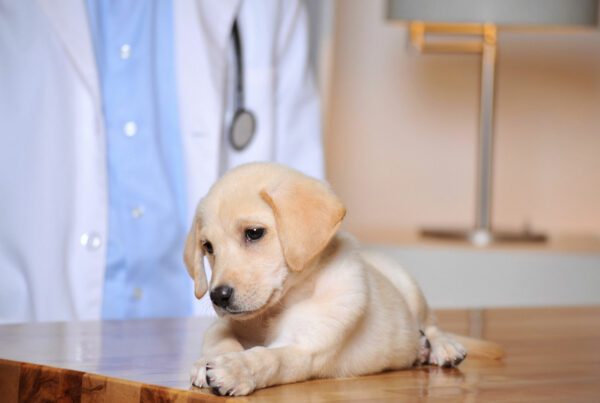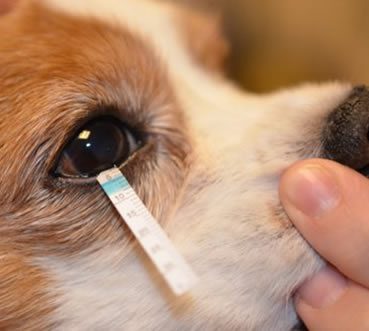This article is designed to help you understand how to monitor a wound, dressing or bandage at home. It will also help you understand when to contact the surgery for advice or re-examination.
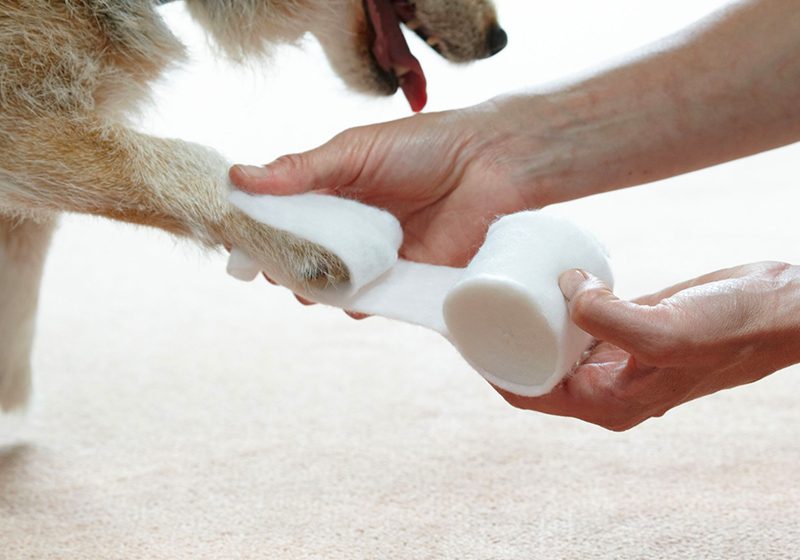
WOUND CARE AFTER SURGERY
Most pets will at some time during their lifetime undergo surgery or require treatment that involves the healing of a wound.
The majority of surgical wounds are closed in a simple fashion to encourage straightforward healing in approximately 10-14 days.
The edges of the wound will generally be held together in one of three ways depending on the type of wound and its location:
- Stitches or staples that are visible in the surface of the skin – these are made of a material which will not dissolve and will have to be removed once the wound is healed.
- Stitches that are hidden under the surface of the skin and will dissolve slowly over the following few weeks.
- Glue which sticks the edges of the wound and dissolves over time.
NORMAL WOUND HEALING
Immediately after surgery all wounds will appear a little red at the point where the incision has been made. For the first few hours there may be a little oozing of blood when the animal moves but this should only be minor and should quickly stop. This initial inflammation and reaction to surgery should start to disappear within the next 48 hours.
Some wounds may develop a small amount of bruising around the edges of the wound but again should only be mild and disappear after a few days.
The wound edges will start to knit together by approximately 3-5 days after surgery. It is crucial that during this time the animal is not allowed to lick or scratch at the wound edges. Any interference or trauma can lead to the introduction of bacteria and delay healing.
By about 10-14 days after surgery the wound should be strong enough so that any stitches or staples present can be assessed for removal.
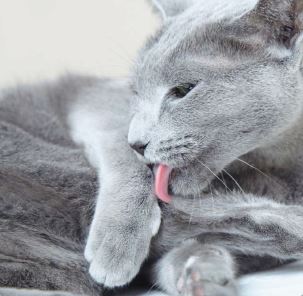
Methods of preventing wound interference:
- Buster collar
- T-shirt
- Bandage
Signs of problems:
Check all wounds twice daily, if you see any signs of the problems listed below, please contact your veterinary surgery.
- significant increase in redness or swelling of the wound
- any discharge or an unpleasant smell
- excessive licking or evidence of discomfort when the wound is examined
Bandages
Bandages have the following uses
- to protect a wound or surgical site
- to provide support and reduce movement of the area
- to aid healing by holding a dressing in place
- to absorb any discharge
Although bandages are designed to aid healing they can also be the cause of problems if they are not properly monitored.
HOW OFTEN DOES A BANDAGE NEED CHECKING?
When you are at home with your pet it is important to check the bandage twice a day.
Your veterinary surgeon or nurse will give you advice about how frequently they will want to see your pet for bandage checks or changes. It is extremely important that all appointments are attended as requested!
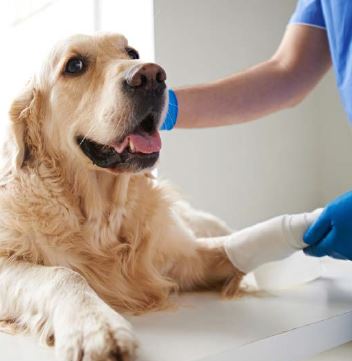
Golden rules for bandage care:
- Make sure it remains dry at all times. Foot bandages are particularly susceptible to getting wet if not covered when the animal goes outside. The practice can provide you with an old drip bag to cover and protect the bandage for short periods.
- Observe closely for any signs of slippage or loosening of the bandage. This can lead to pressure sores if left unchecked.
- Look for any signs of swelling or redness above or below the level of the bandage. This may indicate that the bandage is too tight.
- Make sure the bandage remains intact, if there is any evidence of chewing or licking at it by the animal this may mean that it is causing discomfort. • Observe for any signs of unpleasant smell or leakage of liquid through the bandage.
SUMMARY
- Make sure you check all wounds and bandages twice a day.
- If you observe any problems either with the healing of your pet’s wound or with the bandage or dressing then contact the surgery straight away.
- Explain what you are seeing and the vet or nurse will be able to tell you what to do.
- Good bandage and wound care means faster healing and a happy pet!


